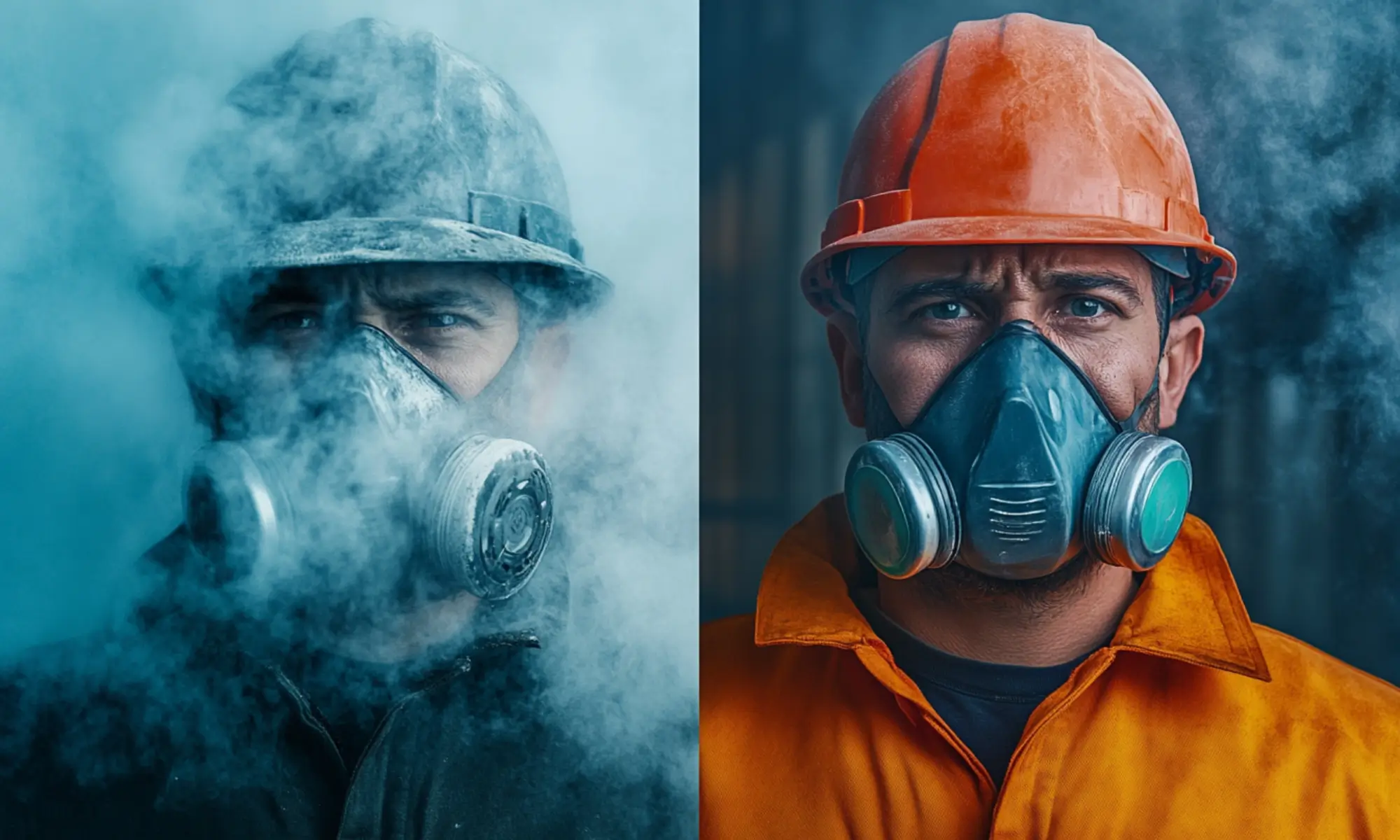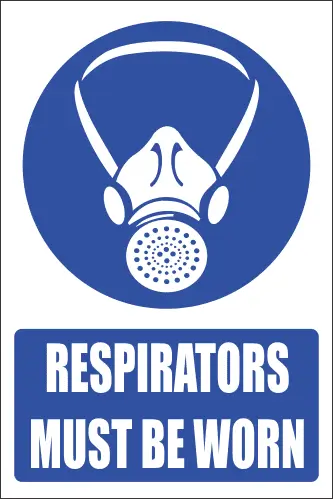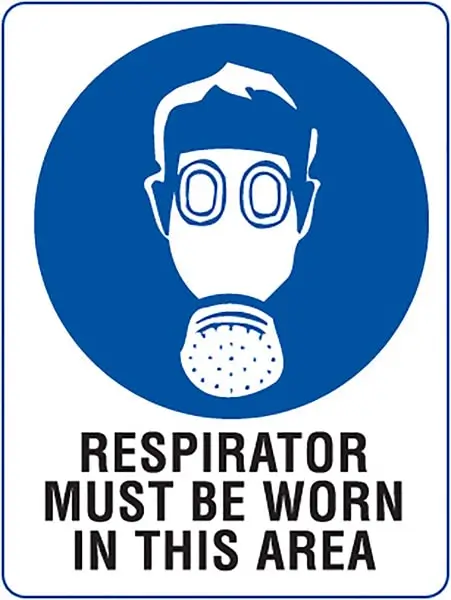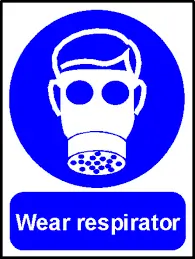Breathing is fundamental to life, yet the air we inhale can be laden with invisible threats to our health in many workplaces. Respiratory protection is a crucial barrier between these hazards and our lungs, safeguarding us from harmful dust, fumes, gases, and biological contaminants.
In this blog, we’ll explore the definition of respiratory protection, recognize the signs indicating when it’s needed, and delve into the significant benefits it offers for both individual health and workplace safety.
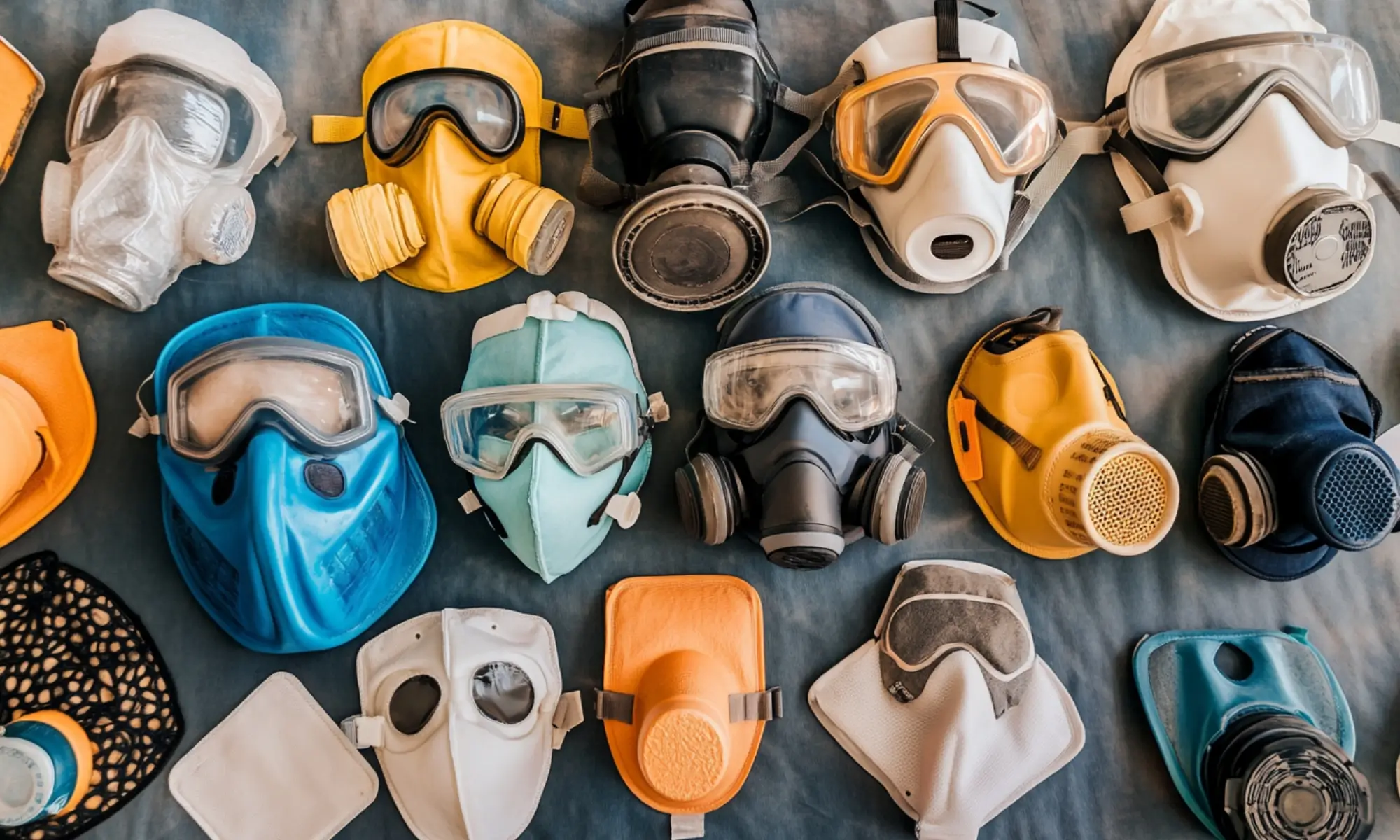
What Is Respiratory Protection?
Respiratory protection refers to a range of personal protective equipment (PPE) designed to safeguard the wearer from inhaling harmful substances. These substances can include dust, fumes, gases, vapors, and biological contaminants that are present in the air. Respiratory protective devices range from simple disposable masks to complex supplied air respirators.
Types of Respiratory Protection
- Air-purifying respirators (APRs): These devices filter contaminants from the ambient air. Examples include N95 masks and cartridge respirators.
- Powered Air-Purifying Respirators (PAPRs): Use a battery-powered blower to pull air through filters.
- Supplied-Air Respirators (SARs): Provide clean air from an external source, ideal for highly contaminated environments.
- Self-Contained Breathing Apparatus (SCBA): This device equips the user with a portable air tank, which is commonly used by firefighters.
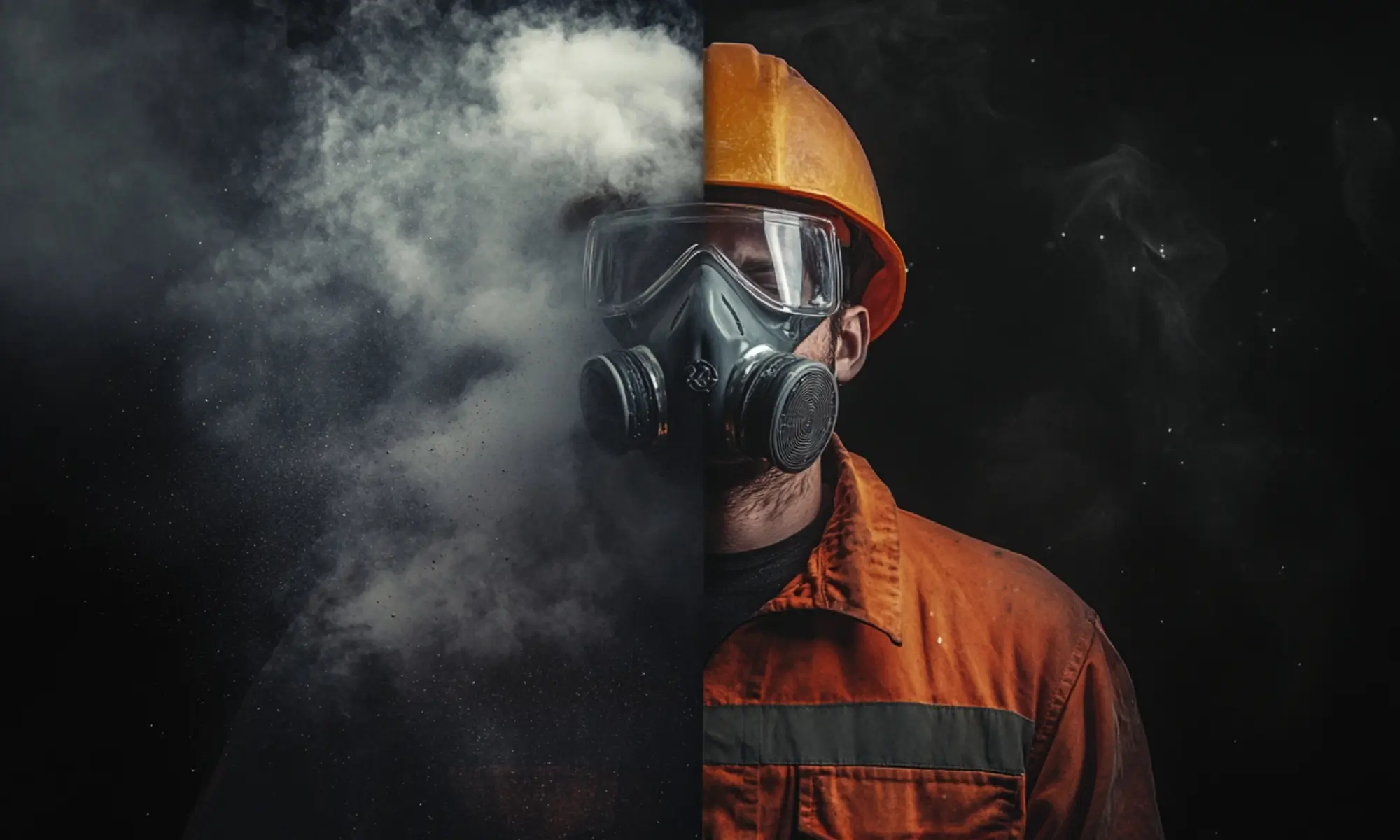
When Is Respiratory Protection Needed?
Understanding when to use respiratory protection is crucial for maintaining a safe work environment. Respiratory protection is necessary when individuals are exposed to hazardous substances or conditions that can harm their respiratory system. Below are key situations where respiratory protection is needed, each accompanied by a brief explanation and bullet points highlighting the main considerations.
1. Exposure to Airborne Contaminants
Respiratory protection becomes essential when workers are exposed to harmful dust, fumes, gases, or vapors. These contaminants can originate from various industrial processes and can cause serious health issues if inhaled.
- Dust and Particulates: Generated from cutting, grinding, or sanding materials.
- Fumes: Produced during welding, soldering, or melting metals.
- Gases and Vapors: Emitted from chemicals, solvents, or fuel handling.
2. Insufficient Oxygen Levels
In environments with oxygen levels below 19.5%, normal breathing is compromised, posing a risk of hypoxia. This often occurs in confined spaces or areas where other gases have displaced oxygen.
- Confined Spaces: Tanks, silos, or underground vaults with poor ventilation.
- Gas Displacement: Accumulation of inert gases like nitrogen, reducing oxygen concentration.
- Chemical Reactions: Processes that consume oxygen within a closed environment.
3. Biological Hazards
Respiratory protection is needed when inhaling infectious agents such as bacteria, viruses, or fungi is risky. This is common in healthcare settings, laboratories, or during cleanup operations involving biohazards.
- Healthcare Settings: Treating patients with airborne diseases.
- Laboratories: Handling infectious biological samples.
- Environmental Cleanup: Mold remediation or waste management.
4. Chemical Spills or Emergencies
Unexpected releases of toxic substances require immediate respiratory protection to prevent inhalation of harmful chemicals, which can cause acute or chronic health effects.
- Industrial Accidents: Leaks or explosions releasing hazardous gases.
- Emergency Response: Firefighting or hazardous material spills.
- Transportation Incidents: Accidents involving chemical cargo.
5. Inadequate Ventilation
When ventilation systems cannot effectively remove airborne contaminants, respiratory protection is necessary to safeguard workers until proper ventilation is restored.
- Malfunctioning Systems: Broken fans or clogged filters reduce airflow.
- Enclosed Spaces: Areas without windows or external ventilation.
- Overcrowded Workspaces: High occupancy leads to poor air quality.
6. Exceeding Occupational Exposure Limits
If monitoring shows that contaminant levels exceed regulatory exposure limits set by organizations like OSHA, respiratory protection must be implemented.
- High Contaminant Levels: Measurements above permissible exposure limits.
- Extended Exposure Times: Long work shifts increase total exposure.
- Process Changes: New materials or methods introducing additional hazards.
7. Failure of Engineering Controls
When primary safety measures fail or are insufficient, respiratory protection is a critical secondary defense to protect workers from inhaling harmful substances.
- Ventilation Failures: System breakdowns or power outages.
- Ineffective Controls: Existing measures do not adequately reduce hazards.
- Maintenance Activities: Temporary removal of controls during repairs.
8. Regulatory Compliance
Certain tasks legally require respiratory protection to comply with health and safety regulations, ensuring worker protection and avoiding legal penalties.
- Asbestos Removal: Strict regulations on handling and disposal.
- Lead Work: Activities involving lead-based paints or materials.
- Chemical Handling: Compliance with specific industry standards.
9. Employee Health Symptoms
The onset of respiratory issues among workers can indicate the presence of airborne hazards, necessitating immediate use of respiratory protection.
- Respiratory Irritation: Coughing, wheezing, or shortness of breath.
- Sensory Effects: Eye, nose, or throat irritation.
- Neurological Symptoms: Headaches or dizziness signaling toxic exposure.
10. Specific Work Processes
Certain operations inherently produce airborne hazards, requiring proactive use of respiratory protection to prevent health risks.
- Spray Painting: Aerosols and solvents becoming airborne.
- Pesticide Application: Inhalation risks from chemicals used.
- Mining and Quarrying: Dust exposure from extracted materials.
Key Points to Remember:
- Always assess the work environment for potential respiratory hazards.
- Use appropriate respiratory protection equipment suited to the specific hazard.
- Ensure proper fit and training for all users of respiratory protective devices.
- Regularly monitor air quality and adjust protective measures as needed.
- Comply with all regulatory requirements to maintain a safe workplace.
By recognizing these situations and implementing the correct respiratory protection, employers and employees can significantly reduce health risks associated with airborne hazards.
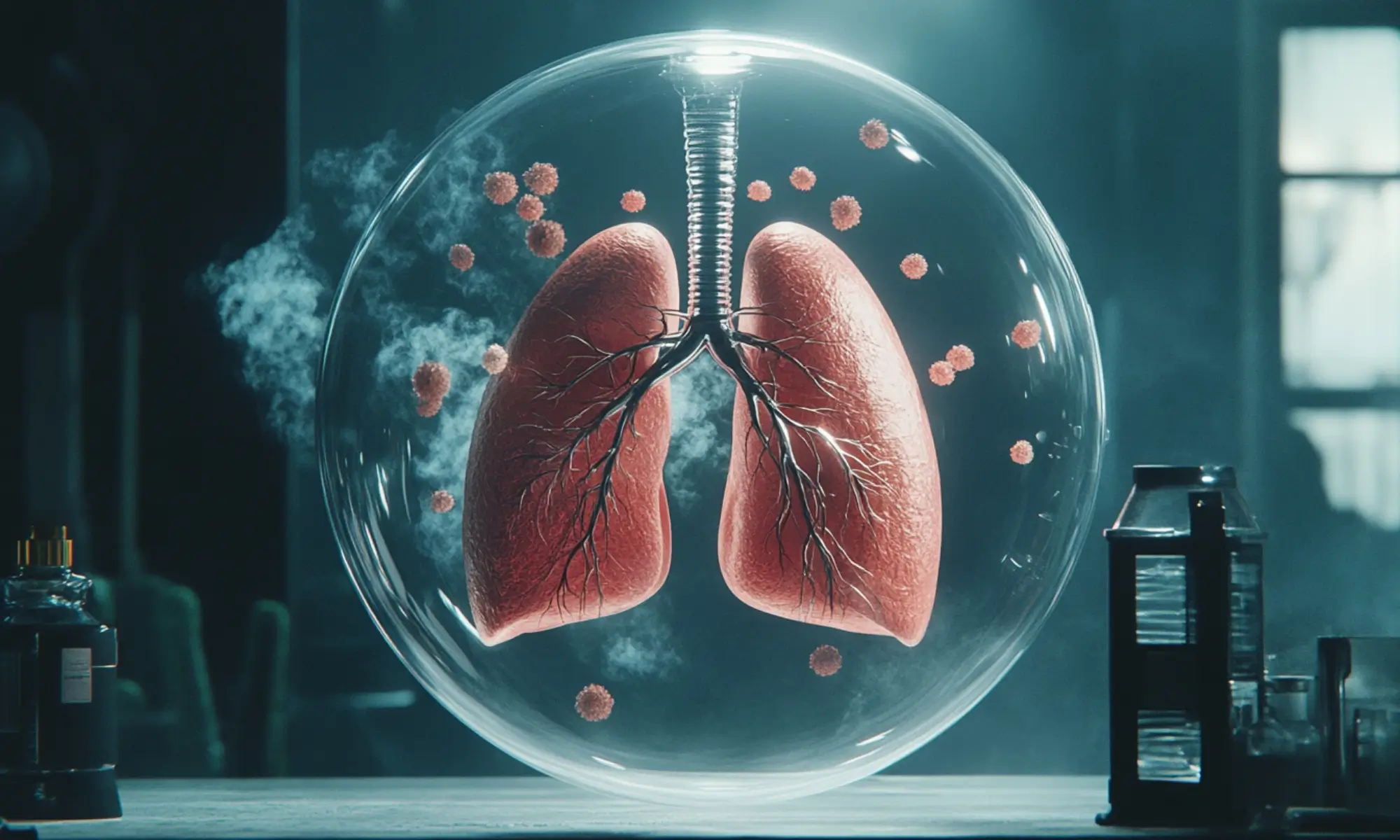
Respiratory Protection Safety Signs
Respiratory protection safety signs are visual warnings designed to inform and remind employees and visitors about the necessity of wearing respiratory protective equipment in certain areas or during specific tasks. These signs are crucial in maintaining workplace safety by effectively communicating hazards and reinforcing compliance with safety protocols.
1. Purpose of Respiratory Protection Safety Signs
These signs serve multiple essential functions to enhance safety awareness:
- Hazard Identification: Alert individuals to the presence of airborne hazards such as toxic gases, dust, fumes, or insufficient oxygen levels.
- Mandatory Action Indication: Clearly indicate when wearing respiratory protection is required before entering an area.
- Emergency Guidance: Provide instructions during emergencies, helping individuals respond appropriately to unexpected hazardous situations.
Key Points:
- Warn about specific respiratory hazards.
- Mandate the use of protective equipment.
- Guide actions during emergencies.
2. Types of Safety Signs and Their Features
Respiratory protection safety signs come in various formats, each designed to convey messages effectively:
- Mandatory Signs: Usually feature a blue circle with a white pictogram, indicating required actions like “Wear Respiratory Protection.”
- Warning Signs: Often depicted with a yellow triangle and black symbols to caution about potential hazards ahead.
- Informational Signs: Provide additional details about the type of hazards or instructions for safety procedures.
Key Points:
- Use universally recognized symbols and colors.
- Include clear and concise messaging.
- Designed for high visibility and quick comprehension.
3. Placement and Visibility
Proper placement of safety signs ensures they are seen and heeded:
- Entry Points: Positioned at entrances to hazardous areas to inform individuals before they enter.
- Hazardous Zones: Placed near equipment or processes that emit airborne contaminants.
- Throughout Facilities: Used in multiple locations to reinforce safety messages consistently.
Key Points:
- Place signs where they are most likely to be seen.
- Ensure signs are at eye level and unobstructed.
- Regularly check for and replace damaged or faded signs.
4. Benefits of Using Safety Signs
Implementing respiratory protection safety signs offers significant advantages:
- Enhances Safety Awareness: Constant visual reminders keep safety at the forefront of employees’ minds.
- Promotes Proper Equipment Use: Encourages consistent use of necessary respiratory protection.
- Reduces Accidents and Health Risks: Prevents exposure to hazardous substances by informing and guiding employees.
Key Points:
- Improves overall workplace safety culture.
- Aids in preventing occupational illnesses.
- Supports training and safety programs.
Incorporating respiratory protection safety signs into your workplace is a straightforward yet powerful step toward ensuring the health and safety of everyone on site. These signs help create a safer, more informed work environment by clearly communicating hazards and necessary precautions.

Benefits of Proper Respiratory Protection
Proper respiratory protection is essential for safeguarding individuals from harmful airborne substances in various work environments. Implementing effective respiratory protection measures offers numerous advantages that extend beyond immediate health benefits.
1. Protects Employee Health and Safety
Using appropriate respiratory protection prevents inhalation of hazardous substances, reducing the risk of respiratory illnesses and chronic diseases. This ensures employees remain healthy and capable of performing their duties effectively.
- Prevents Respiratory Diseases: Reduces the incidence of conditions like asthma, bronchitis, and lung cancer.
- Minimizes Acute Health Effects: Shields workers from immediate issues like irritation, dizziness, or poisoning.
- Enhances Overall Well-being: Promotes a healthier workforce with fewer sick days.
2. Ensures Regulatory Compliance
Adhering to respiratory protection standards helps organizations meet legal requirements set by occupational health and safety authorities and avoid fines and sanctions.
- Meets OSHA Standards: Complies with regulations from bodies like the Occupational Safety and Health Administration.
- Avoids Legal Penalties: Reduces the risk of fines or shutdowns due to non-compliance.
- Demonstrates Due Diligence: Shows commitment to maintaining a safe workplace.
3. Increases Productivity and Efficiency
Healthy employees are more productive. By preventing illness, respiratory protection helps maintain consistent workforce performance and efficiency.
- Reduces Absenteeism: Fewer health-related absences mean more consistent staffing.
- Maintains Work Continuity: Healthy workers can perform tasks without interruption.
- Boosts Employee Morale: Workers feel valued and are more motivated.
4. Lowers Healthcare and Compensation Costs
Investing in respiratory protection can lead to significant cost savings by reducing expenses associated with medical treatments and compensation claims.
- Decreases Medical Expenses: Fewer workplace-related illnesses lower healthcare costs.
- Reduces Workers’ Compensation Claims: Minimizes the likelihood of costly claims and legal fees.
- Optimizes Insurance Premiums: Safer workplaces may benefit from lower insurance rates.
5. Enhances Company Reputation
Organizations prioritizing employee safety build a positive reputation, attracting talent and clients who value responsible practices.
- Attracts Top Talent: Safety-conscious companies are more appealing to prospective employees.
- Builds Client Trust: Clients prefer partnering with companies that uphold high safety standards.
- Strengthens Brand Image: Demonstrates corporate responsibility and ethical practices.
6. Improves Employee Retention
Providing proper respiratory protection contributes to job satisfaction, making employees more likely to stay with the company long-term.
- Increases Job Satisfaction: Employees appreciate employers who invest in their well-being.
- Encourages Loyalty: A safe work environment fosters employee commitment.
- Reduces Turnover Costs: Lower turnover means less spent on recruiting and training new staff.
7. Prevents Long-Term Liabilities
Protecting employees now can prevent future liabilities associated with occupational diseases that may arise years later.
- Avoids Chronic Illness Costs: Mitigates expenses related to long-term health issues.
- Reduces Legal Risks: Lowers the chance of future lawsuits from affected employees.
- Ensures Sustainable Operations: Promotes long-term organizational health and stability.
8. Facilitates Emergency Preparedness
Having respiratory protection readily available prepares organizations for unexpected incidents involving hazardous substances.
- Enhances Response Capability: Allows for immediate action during spills or leaks.
- Provides Safety in Disasters: Offers protection during fires or chemical releases.
- Aligns with Safety Protocols: Meets standards for emergency planning and response.
Key Points to Remember:
- Health Protection: Safeguards employees from immediate and long-term respiratory hazards.
- Regulatory Compliance: Meets legal requirements, avoiding fines and enhancing credibility.
- Productivity Boost: Healthy employees contribute to consistent and efficient operations.
- Cost Savings: Reduces healthcare-related expenses, legal issues, and insurance.
- Reputation Enhancement: Builds a positive image among employees, clients, and the public.
- Employee Retention: Fosters a loyal workforce, decreasing turnover rates.
- Liability Prevention: Minimizes future legal and financial risks associated with occupational diseases.
- Emergency Readiness: Equips the organization to handle unforeseen hazardous events effectively.
Proper respiratory protection is vital to an organization’s health and overall success. It creates a safer work environment, promotes productivity, and promotes a positive corporate image.
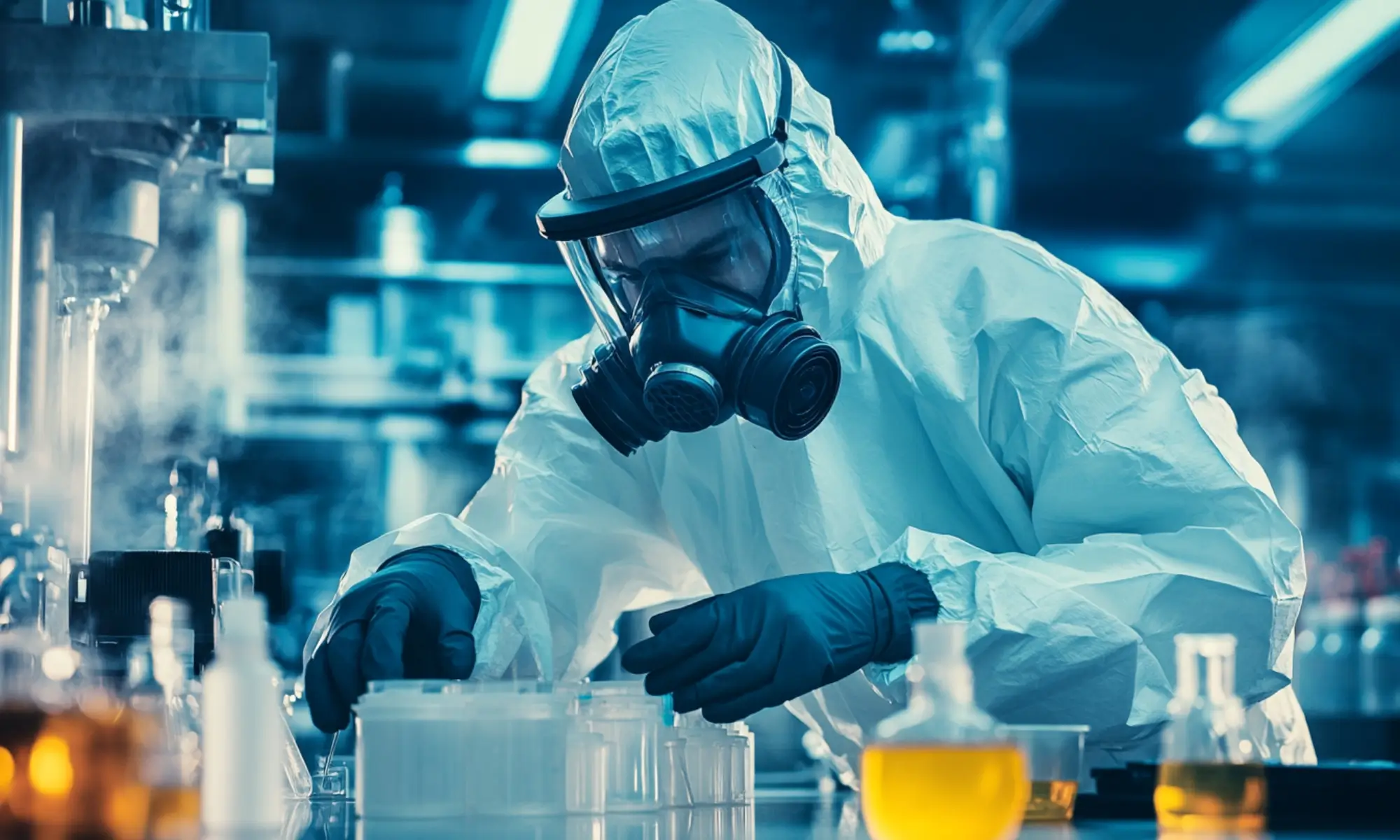
Implementing Respiratory Protection in the Workplace
Implementing a respiratory protection program is essential to protect employees from inhaling hazardous substances. A well-designed program involves several key steps: hazard assessment, equipment selection, employee training, and regular program evaluation.
1. Conducting a Hazard Assessment
A thorough hazard assessment identifies the types and concentrations of airborne contaminants in the workplace. This step is crucial for determining the appropriate level of respiratory protection needed.
- Identify Airborne Hazards: Dust, fumes, gases, vapors, and biological agents.
- Measure Contaminant Levels: Use air sampling and monitoring equipment.
- Evaluate Exposure Duration: Determine how long employees are exposed.
- Consult Safety Data Sheets (SDS): Obtain information on chemical hazards.
2. Selecting Appropriate Respiratory Equipment
Choosing the right respirator depends on the identified hazards and their concentrations. The equipment must effectively filter or supply clean air to the user.
- Match Respirator to Hazard: Select air-purifying or atmosphere-supplying respirators as needed.
- Ensure Proper Fit: Use fit testing to confirm a secure seal on the user’s face.
- Consider Comfort and Usability: Lightweight and comfortable respirators encourage compliance.
- Compliance with Standards: Ensure equipment meets OSHA and NIOSH certifications.
3. Employee Training and Fit Testing
Proper training ensures employees know how to use respirators correctly. Fit testing verifies that the respirator fits the user properly and provides the intended protection.
- Provide Comprehensive Training: Covers use, maintenance, and limitations.
- Demonstrate Proper Use: Show how to don, doff, and check the seal.
- Conduct Fit Testing: Perform qualitative or quantitative tests for each user.
- Educate on Emergency Procedures: Prepare employees for unexpected situations.
4. Maintenance and Storage of Equipment
Regular maintenance extends the life of respirators and ensures they function effectively. Proper storage prevents damage and contamination.
- Inspect Before Each Use: Check for cracks, tears, or worn parts.
- Clean and Sanitize Regularly: Follow manufacturer guidelines for cleaning.
- Replace Filters and Parts: Adhere to replacement schedules or when soiled.
- Store Properly: Keep in a clean, dry place away from contaminants.
5. Program Evaluation and Updates
Regular evaluation of the respiratory protection program ensures ongoing effectiveness and regulation compliance.
- Review Annually: Assess the program at least once a year.
- Monitor Compliance: Ensure employees are following procedures.
- Update as Needed: Reflect changes in workplace conditions or regulations.
- Document Findings: Keep records of evaluations and corrective actions.
6. Medical Evaluations
Respirator use can place a physiological burden on employees. Medical evaluations determine if they are fit to wear a respirator.
- Conduct Medical Assessments: Use questionnaires or exams before assigning respirators.
- Provide Follow-Up Evaluations: If an employee reports medical signs or symptoms.
- Maintain Confidentiality: Protect the privacy of employee health information.
- Reassess Periodically: Especially if workplace conditions change.
7. Establishing Written Procedures
Written procedures provide clear guidelines and ensure consistency in the respiratory protection program.
- Develop a Written Program: Outline all aspects of the respiratory protection plan.
- Include all elements, such as hazard assessment, selection, training, and maintenance.
- Make Accessible: Ensure all employees can review the procedures.
- Update Regularly: Keep the documentation updated on any changes.
Key Points to Remember:
- Hazard Assessment is Crucial: Identifies the need and level of protection required.
- Proper Equipment Selection: Ensures effectiveness against specific hazards.
- Training and Fit Testing are Essential to guarantee correct use and maximum protection.
- Regular Maintenance: Keeps equipment in optimal condition.
- Program Evaluation: Maintains effectiveness and regulatory compliance.
- Medical Evaluations Protect Employees: Ensures they are physically able to use respirators.
- Written Procedures Guide the Program: Provides a clear roadmap for implementation.
Implementing these steps creates a robust respiratory protection program that safeguards employee health, ensures regulatory compliance, and promotes a culture of safety within the workplace.
Conclusion
Respiratory protection is a vital component of workplace safety, acting as the first line of defense against harmful airborne substances that can jeopardize health and well-being. By understanding its definition, recognizing the signs indicating when it’s needed, and appreciating the significant benefits it provides, employers and employees can foster a safer and more productive work environment.
Implementing proper respiratory protection measures ensures compliance with health and safety regulations and demonstrates a commitment to the health of everyone involved, ultimately leading to a culture of safety and mutual care in the workplace.

